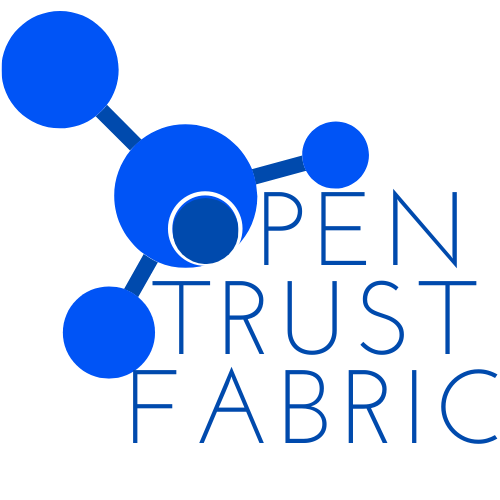As Mark C. Suchman says in his 2003 Law Society Review article[1] “contracts are many things to many people. To law professors, “contract” is a body of doctrine delineating how transacting parties can make agreements that the legal system will treat as binding. To economists, contracts are agreements that impose tangible costs in exchange for tangible benefits, regardless of whether those agreements enjoy legal recognition. … To lay people, contracts are simply pieces of paper that one signs in the course of commerce, often with an uneasy sense of finality, but rarely with a comprehensive understanding of the scholarly doctrines, economic exchanges, contingent claims, or evidentiary implications.”
To model the EU economy as an ecosystem of contracts the project by its very nature spans the worlds of lawyers, economists, and society at large and therefore we need to consider contracts in the context of our needs.
To have a good picture of an economy it is not enough to have access to data. It is necessary to understand the economy’s contracts. In this context we use “contracts” to mean the documentary artifacts that formalise transactions, relationships and events under them as Suchman goes on to explain in his 2003 article. These contracts can be expressed as formal documents, often in Word or PDF, as web-based terms of use in HTML, and as smaller datagrams such as invoices, payments, receipts and notices under contracts in electronic systems.
Contracts provide the structure for relationships in ways that can be orthogonal to events conventionally measured for economic purposes. They express structures of ownership, control, connection, obligation, conditions and consequences. These structures include intellectual property, licenses, liens and pledges, ownership holdings, guarantees and insurance. They can be nearly invisible from a measurement point of view until circumstances change, when they may suddenly become absolutely important. Deep structures, insights, preferences and risks are expressed in contracts. Contracts also express expectations and compromises, attempts to reconcile competing interests among parties and other affected persons: the social context.
In our context the term “contract” is a wide one and one where the work in the second phase will be looking at further defining the potential contents of the term, their nature, and methods for compiling and maintaining a living taxonomy for them.
This element of the project is we believe critical to success and will be an approach not just of significance to the modelling of the EU economy but wider opportunities.
[1] Suchman, M. (2003), The Contract as Social Artifact. Law & Society Review. 37. 91 – 142.10.1111/1540-5893.3701003.





